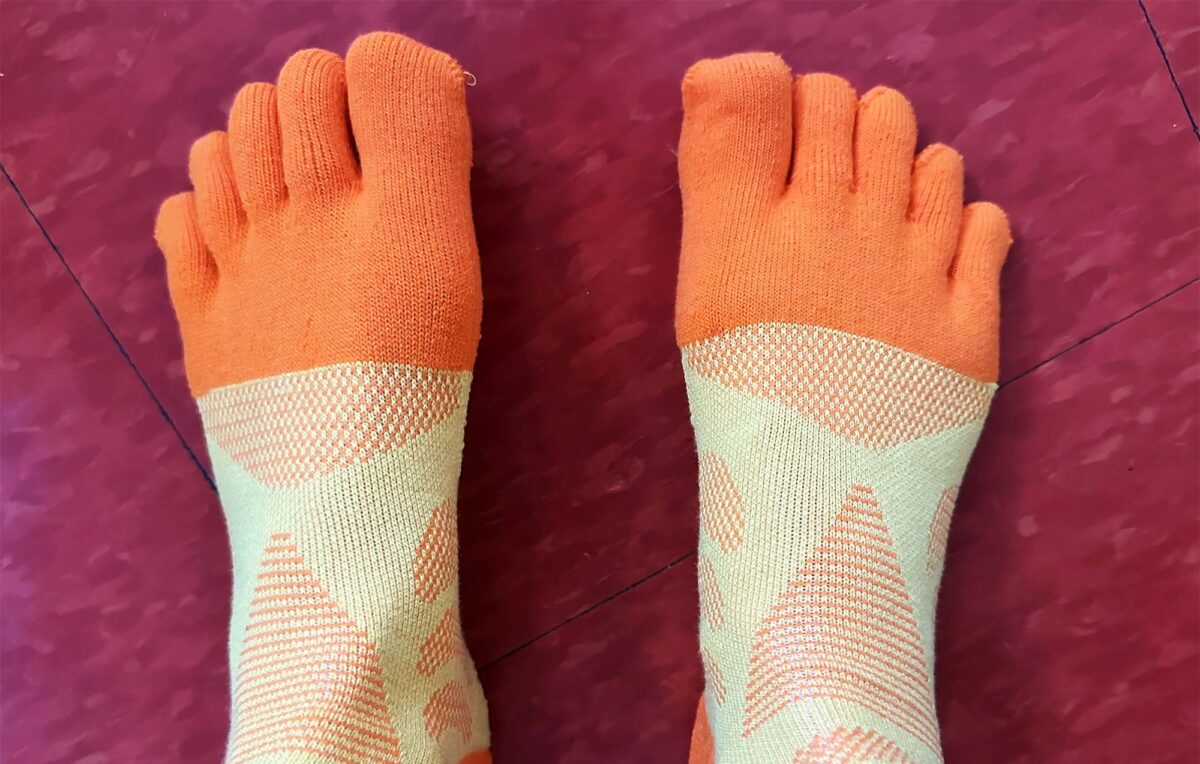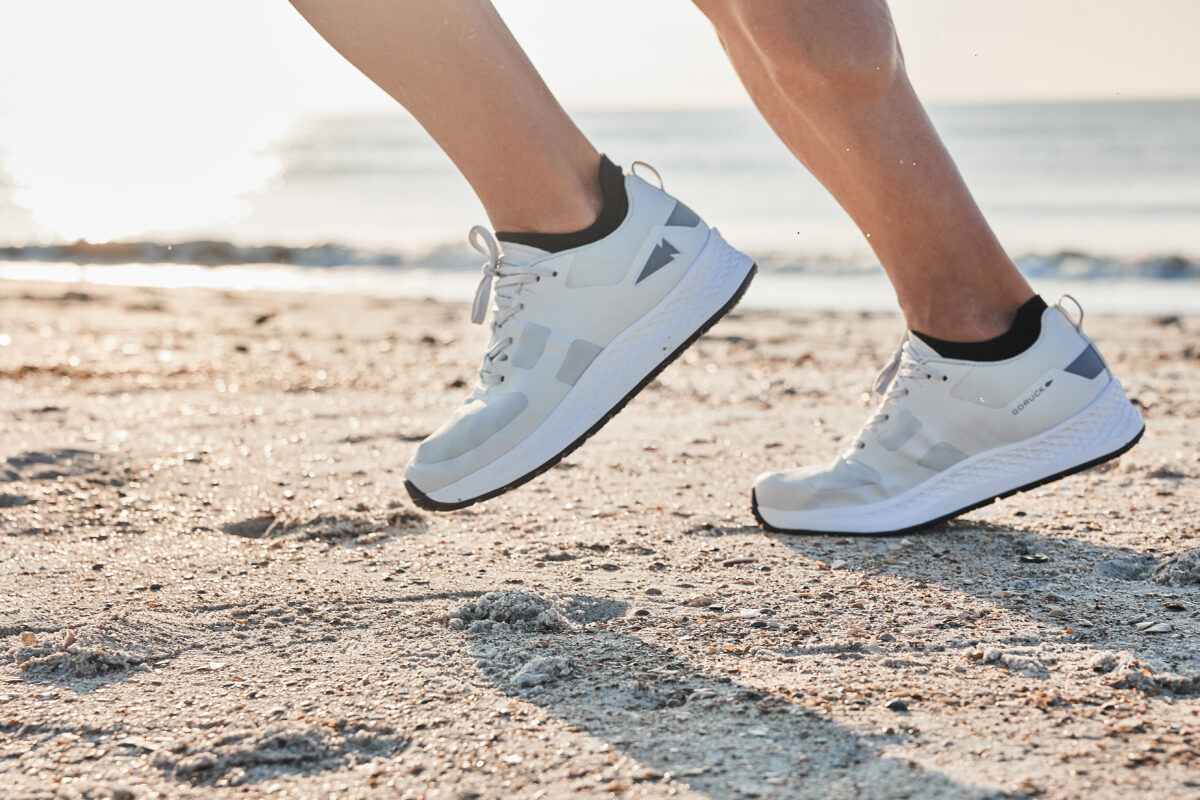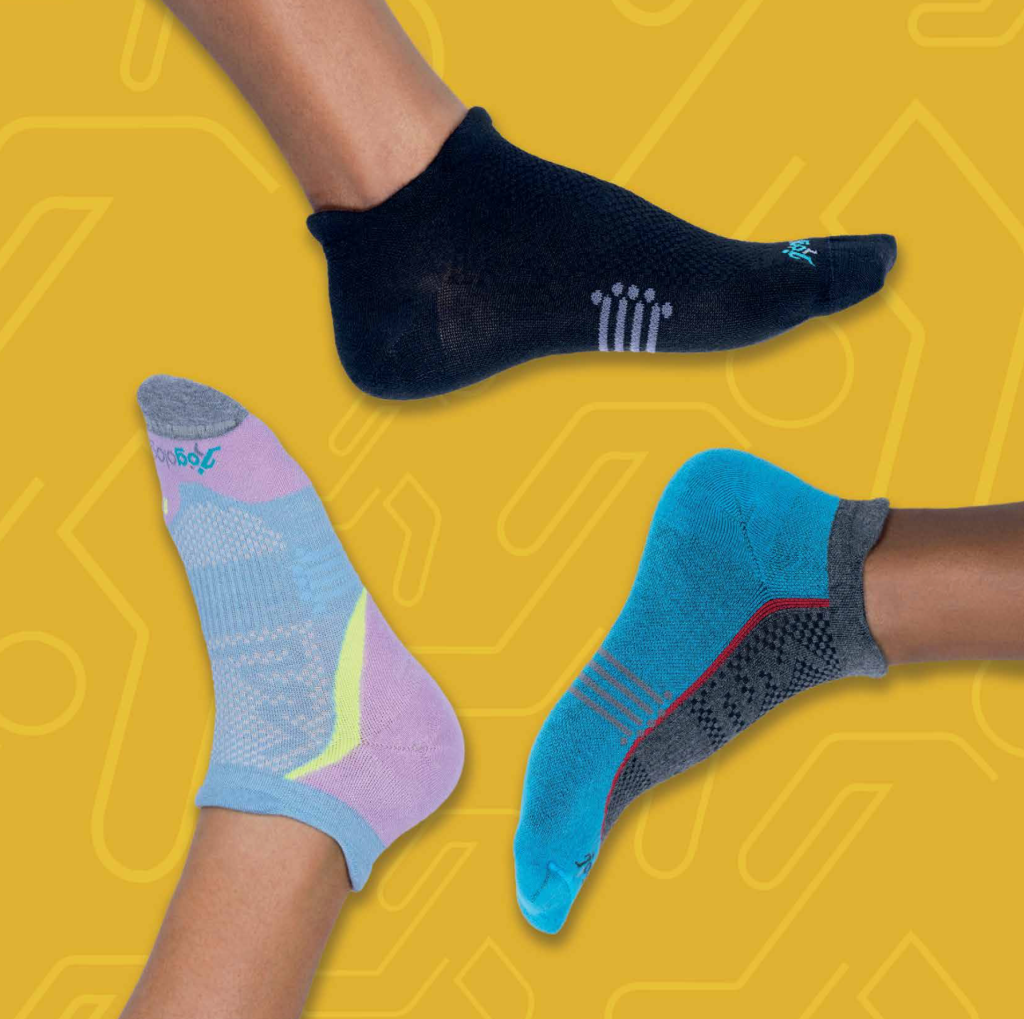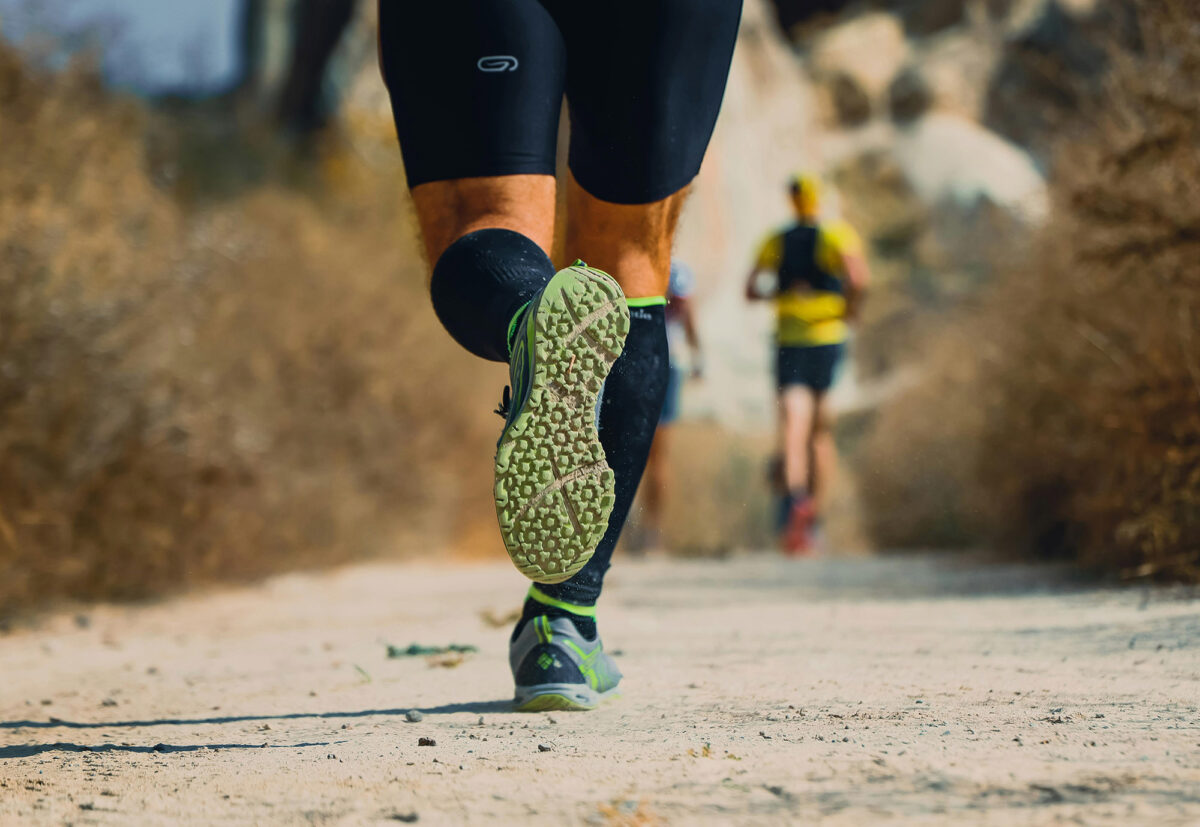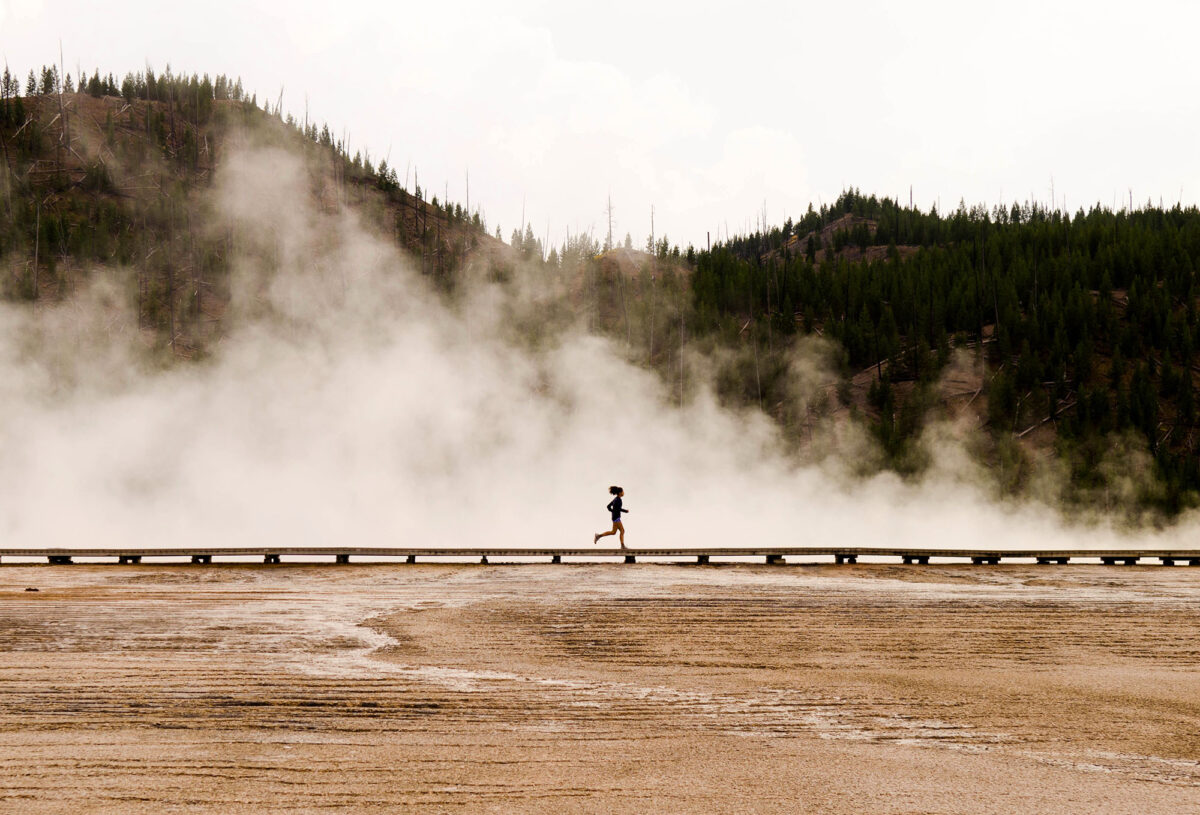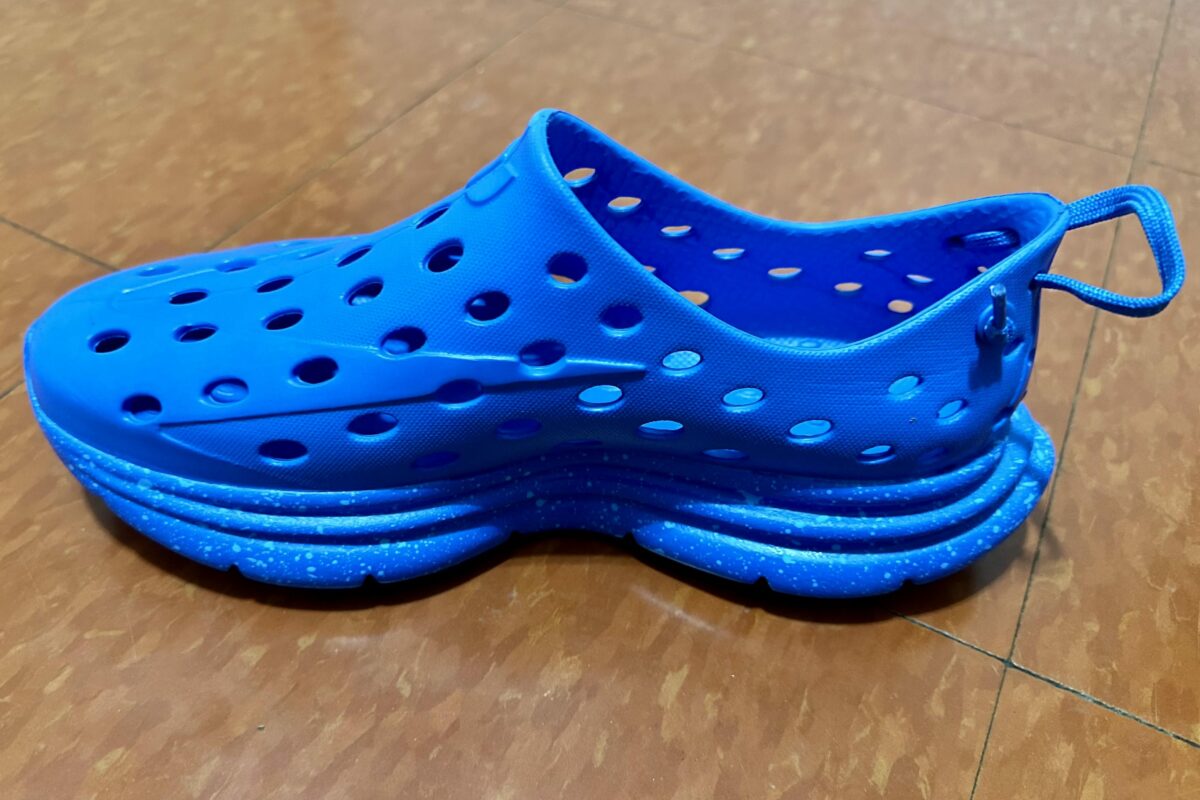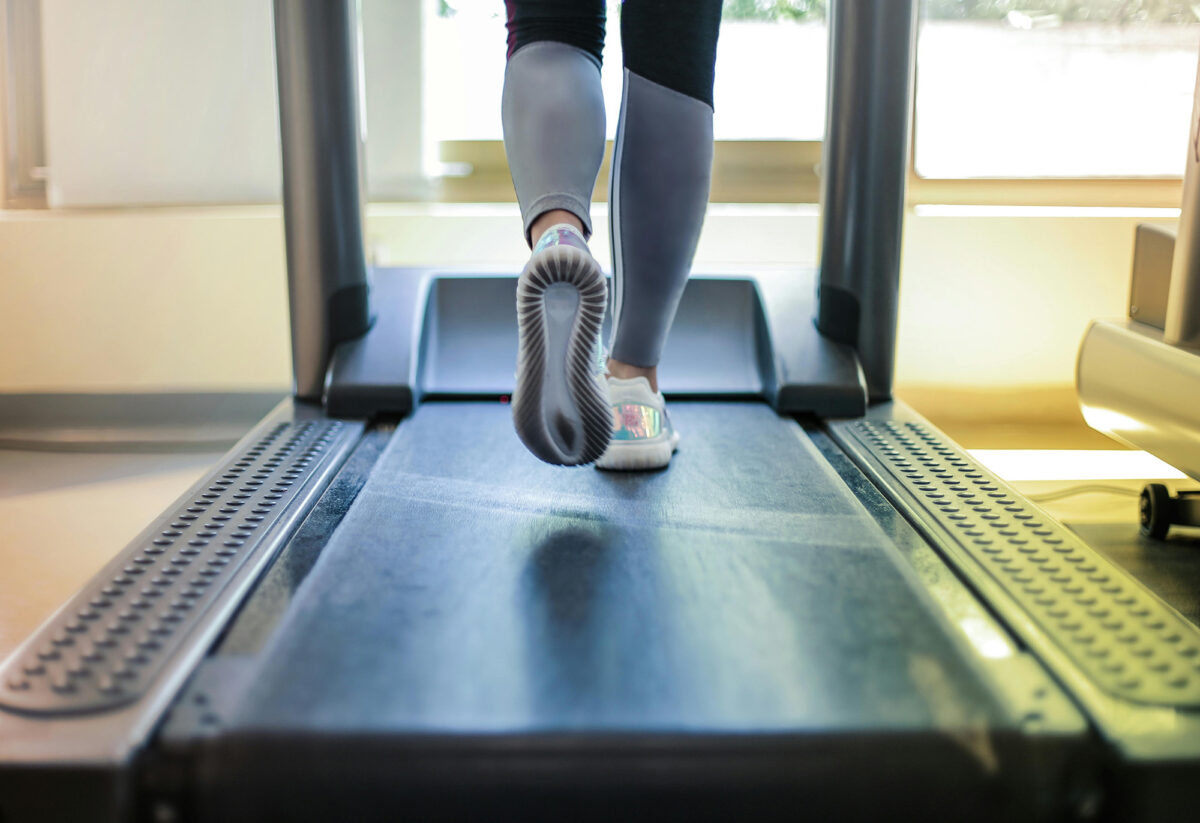Ultrarunner and naval officer Paul Johnson is on an extraordinary cross-country run from Los Angeles to New York. His purpose? To raise a million dollars for Team Red, White & Blue. This nonprofit enriches the lives of US veterans by connecting them to their community through physical and social activity.
Fewer than 400 people have run this cross-country route. Paul’s original goal was to complete the 3,000-mile journey in 40 days. This meant averaging 75 miles per day and shaving two days off the former record. When Paul took a break on day 24 to talk to Outdoors Wire, he was a little behind on the record setting, but way ahead on the community support and cross-country outpouring of love. Here’s what he had to say.
https://www.instagram.com/p/C5HxU3mRq9k
Outdoors Wire: How’s it going so far?
Johnson: You know, I thought I would really enjoy eating a lot of food. I don’t. So many calories. Day 16 was the hump. It was pretty rough up to day 16. Day 10 was one of the toughest, almost not being able to run at all. My foot, you know, we’re working on it. And since day 16, I’ve practically been running pain-free. Obviously, the legs are sore and tired. But we’re cruising now, so we’re starting to feel really good about it.
Outdoors Wire: What has surprised you on this run?
Johnson: The amount of support that we’ve received from people. Being in practically what feels like the middle of nowhere, and a random car comes ripping around the corner. Somebody hops out and starts yelling if they can run with us. Families that drove four hours to come give us chocolate chip cookies and then run the furthest they’ve ever run in their life with us. It’s just been insane. I’m looking right now at a stack of cards from a kindergarten class that all wrote me like motivational do-a-good-job cards that are hanging on the inside of the van. So, just to be able to see that level of support has been absolutely insane.
Outdoors Wire: How does running help mental health struggles for you and other veterans? Or for people in general?
Johnson: There’s a, at least for me, a very huge connection between mental and physical health. And I think a lot of people can relate to that. Especially within the military. One of the ways that we deal with stress is working out. There’s a lot of other not-as-great ways. But working out is one of the positive ones. And everybody has their own different way of doing it. A lot of people like lifting weights. You know, it’s kind of tough to go swimming because you need special facilities for that. But running and walking are a constant that you can do pretty much anywhere.
And I definitely find that if I’m not running as much, I struggle more myself with mental health. Running, I describe it to other people as my meditation. Especially for anxiety and depression. The running kind of gives it all a break. It’s a very positive release for me.
And so that’s the encouragement here. We want people to try and do something more physically active. Whether it’s running, walking, playing golf, pickleball, go for a hike. Whatever it is, by increasing that level of physical activity, you’re going to drastically improve your mental health.
Outdoors Wire: What sort of mental health problems do you think running is most helpful for?
Johnson: Definitely not for my sleep, I’ll tell you that. (laughs) No impact on the sleep issues I’ve had. It definitely has helped a lot with anxiety. Getting started and going out for a run is one of the hardest things, always. Just trying to get myself over that hump is very difficult. I just don’t want to do it. But as soon as I can finally force myself out that door, and I get 10, 20, 30 steps in, I’m so glad I did it. So, for me, that’s where I see the huge effect.
Having those anxiety symptoms with the tight chest and everything else, I just feel that I’m able to relax a bit once I start running.
Outdoors Wire: Tell us why Team Red, White & Blue is important to you.
Johnson: Because they’re the best, obviously. They are the nation’s largest community support group for veterans. And it’s not just veterans. There’s active-duty members like myself. There’s civilians. There are veterans. It’s a 200,000-person community and charity that’s focused on exactly what we’re out here to do, which is improve the mental and physical wellbeing of individuals.
Specifically, they do a lot of different things from providing training, programming, and community events with different physical goals. Monthly challenges to get you up and moving and trying something new. And really trying to get you involved to interact with and work out with other people.
That’s one of the things that a lot of veterans struggle with, when you leave such tight community as the military. People that you’ve lived with 24/7, now you’re no longer with those people. You’re kind of on your own. It’s a huge shock to the system and a very tough adjustment that a lot of people struggle with. And to me, that’s really why RWB is so important, is bridging that gap between physical and mental health and getting people involved.
Outdoors Wire: What do you most want people to know about veterans?
Johnson: They’re dope. Everybody has their own experience in the military. Some people have done combat tours. Some people have been shot at. Some people have been blown up. I’ve never been shot at, I’ve never been blown up. Yet, myself and a lot of my peers still struggle with a lot of similar mental health issues, just due to the level of stress that we’re constantly under, even when you’re in other roles.
I think a lot of people, even other service members, discredit the effects of mental health for a lot of people. Especially for the veterans. And they don’t really teach you a lot of good ways to necessarily deal with everything and how to transition. So, I think it’s important just to understand that everyone’s had different experiences. And just because maybe they didn’t do a combat tour doesn’t mean they’re not struggling with something.
Outdoors Wire: Anything else you want to share with readers about this ambitious cross-country run and what it means to you?
Johnson: We’re out here to raise awareness for mental health and fundraise 1 million dollars for Team Red, White & Blue. The record’s kind of out of the question at this point, and that’s totally fine. We’re here for the important part, which is that awareness and fundraising. So if you’re anywhere near where we’re going to be coming, come on out, say hi. Come run. Cheer us on as we go by. We love every form of support. And as always, get the word out, share with all your friends, family, coworkers, whatever. And help us reach that million-dollar goal.

